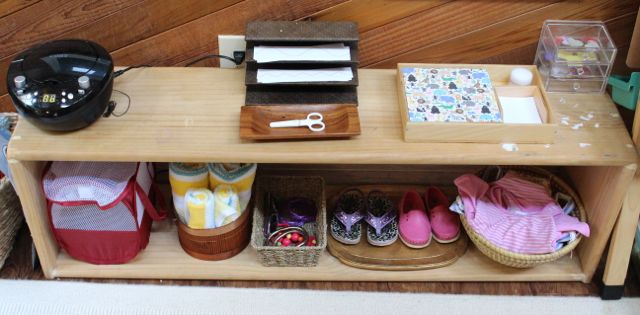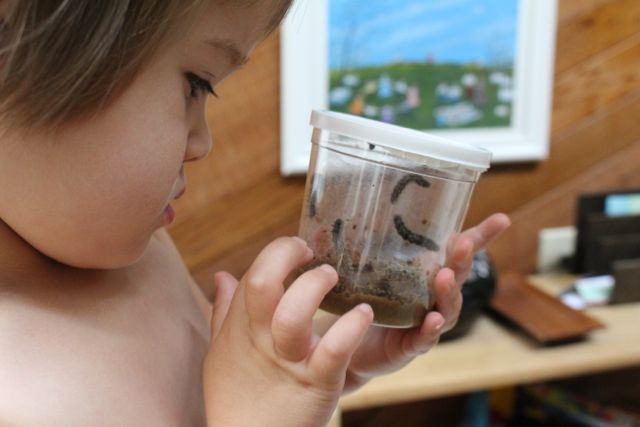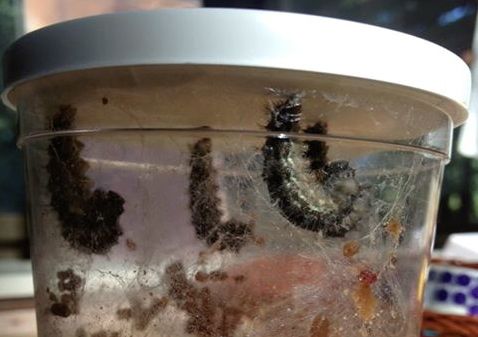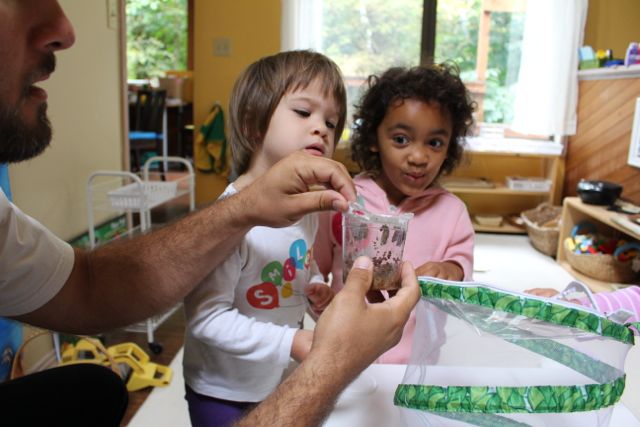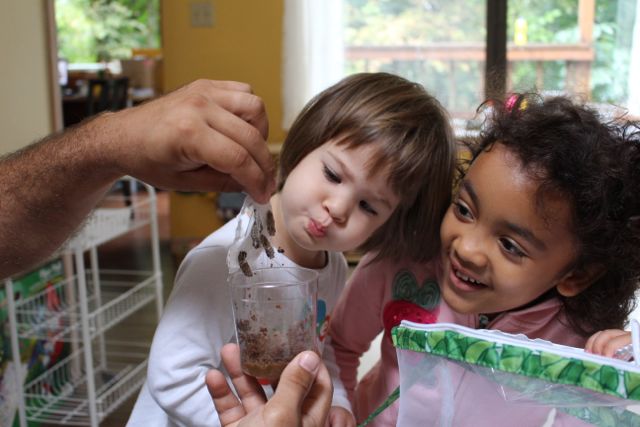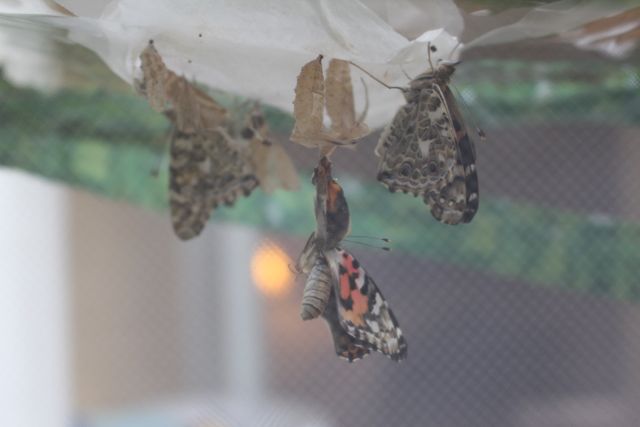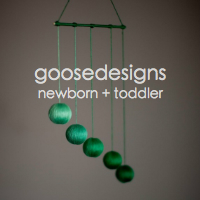How I Introduce Music and Movies to My 3-Year-Olds
Three months ago, I bought The Sound of Music soundtrack.
How do you introduce new songs to children? The best way is to start by telling a little story about each song.
The first song I played for them from the soundtrack was Doe Re Mi. Here’s how I introduced it: “I’m going to play a song for you. This is a song about a teacher who teaches seven children how to sing. Do you want to hear the song?” That little introduction connected them to the song immediately.
The next day, I told them a brief story about My Favorite Things. I said,” I want to play another song for you. This is a song about the same teacher and the seven children I told you about yesterday. One night, there was a big thunderstorm and the children were scared. So the teacher sang this song to comfort them. Do you want to hear the song?”
On another day I told the story about So Long, Farewell: “This is a Good Night Song. One day, the children’s father threw a big party in his house. All the children came to say good night to the guests and they sang this song.”
Children love stories. Each of these little stories gave them an entree into a particular song. This CD quickly became B and M’s all-time favorite and they asked for it in the car by saying things like, “Mama, I want to hear the Good-Night song.”
During Christmas break, Mark and I decided to watch the movie. At first, they were not interested, but as soon as Julie Andrews started singing, they came flocking over.
I cannot tell you how amazing it was to watch their eyes light up when they heard their favorite songs performed on screen. They weren’t glued to the screen like zombies or scared by what was happening (both are common reactions when they watch children’s shows or cartoons). First they heard the story. Then they heard the music. Now, they are seeing it on screen with real children singing, dancing and performing. This gradual unfolding brought the whole experience together.
Children need guidance when it comes to movies. You can’t just turn it on and think it will entertain them. They may get scared of what they see because it’s happening so fast. Young children – sensorial learners that they are – cannot distinguish whether the characters and storyline they see are real or not. Or they may just get glued like zombies. Neither are good reactions. If you can break it down for them into bite-sized pieces, and add new dimensions over time as they assimilate each piece, then you are helping them understand their experience. Those developing intellects and imaginations need this kind of guidance.
Here are 3 reasons why the Sound of Music is a great choice for a first movie:
- It has real people in it (cartoons and imaginary characters are more confusing for young children)
- The first half has a great a storyline young children can relate to
- The music is beautiful, as is the cinematography. Because young children are absorbing everything about their environment, feed their little souls with as much beautiful things as you can!






